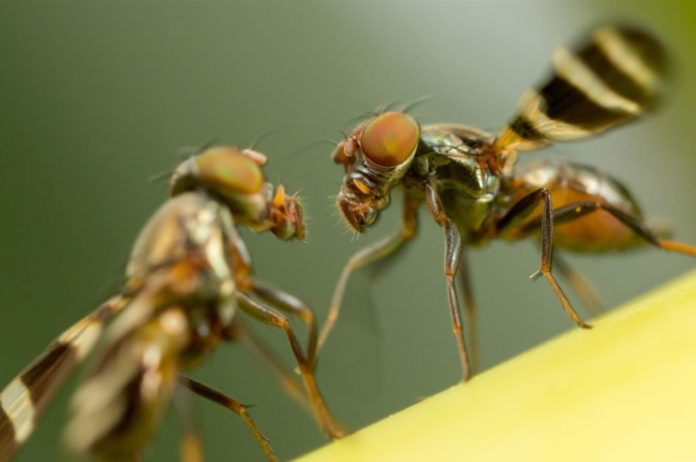New findings show how Clock proteins regulate the movement of clock genes to control circadian rhythms
Almost every living creature, from bacteria to plants to humans, has a circadian rhythm, which is a biological clock that regulates both physiology and behaviour over a 24-hour period.
This internal timekeeping has been the subject of intense research for decades (the discovery of the genes that drive it earned the Nobel Prize in 2017), but until recently, it was unclear how circadian rhythms work within living cells.
Using relatively simple clocks found in fruit flies (Drosophila melanogaster), University of Michigan researchers Yangbo Xiao, Ph.D., Ye Yuan, Ph.D., Swathi Yadlapalli, Ph.D., and colleagues show that the subcellular location of clock proteins and genes fluctuates with the passage of time, indicating that spatial information is translated into time-related signals.
“We can now visualize these proteins within Drosophila brains while the clocks are ticking,” said Yadlapalli.
The internal clock of a fruit fly and a person is generated by the rhythm of gene expression in response to environmental cues such as light. Some genes are more active during the day, whereas others are more active at night.
The sleep-wake cycle is one of the most well-known processes governed by the circadian rhythm. This cycle is caused in part by the hormone melatonin, which fluctuates and peaks in the evening, causing drowsiness.
Several other bodily processes fluctuate over the course of a 24-hour day, controlled by RNA expression that rises and falls throughout the day. Clocks in all eukaryotes, which have cells that contain DNA inside an enveloped nucleus, are based on a simple negative feedback loop.
“Your cells are making key clock proteins and once you have high enough levels, those proteins enter the nucleus and stop their own mRNA production,” explained Yadlapalli.
The fruit fly clock is made up of four proteins called CLOCK, CYCLE, PERIOD, and TIMELESS, which form a feedback loop and regulate the expression of several clock-regulated genes. The researchers used CRISPR to tag a clock gene called per, which codes for PERIOD, and used a high-resolution microscope to observe its oscillations over 24 hours.
Her team discovered that PERIOD is surprisingly organized and not randomly distributed within a cell. During the repression phase, when genes are not expressed, the proteins form foci, which are discrete spheres that are positioned around the edges of the nucleus, known as the nuclear envelope.
“Genes are being moved to the edges of the nucleus within our cells then back again, essentially every 12 hours, every single day— throughout the life of the organism,” Yadlapalli said. This movement regulates the circadian rhythm.
The researchers also discovered that flies lacking a nuclear envelope behaved abnormally in response to light and dark.
“If you disrupt this process in these 150 neurons in fly brains, it affects the sleep/wake cycle of the flies,” said Yadlapalli.
“This study provides fundamental insights into how circadian clocks function at the subcellular level. Says Yadlapalli, adding “if the clocks are disrupted, which happens in old age and with some mutations, that can lead to many disorders, like sleep and metabolic disorders and even cancer, as clocks control when cells decide to divide.”
Paper cited: “Clock proteins regulate spatiotemporal organization of clock genes to control circadian rhythms,” Proceedings of the National Academy of Sciences (PNAS). DOI: 10.1073/pnas.2019756118
Image Credit: Getty
